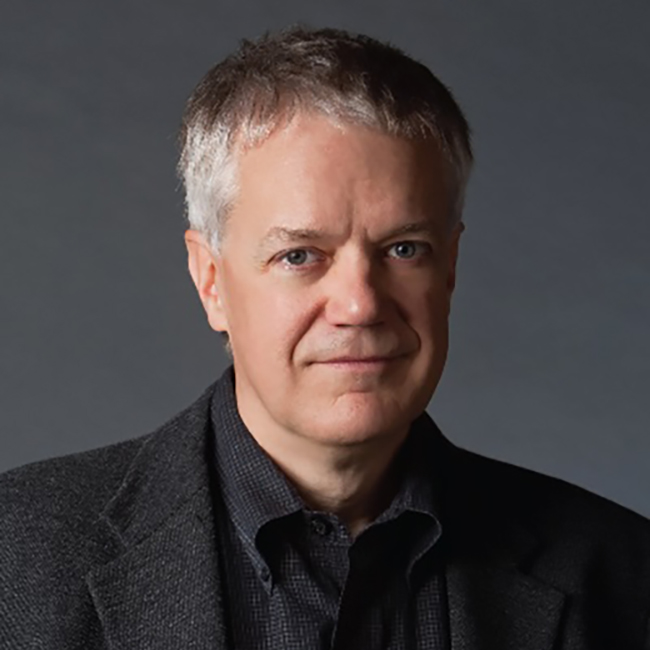SIGGRAPH 1987 Computer Graphics Achievement Award: Cook
Awardee(s):
Award:
-
Computer Graphics Achievement Award
Description:
Robert Cook has been selected for his contributions to algorithms for realistic rendering of images.
In 1979, Cook entered the Program of Computer Graphics at Cornell University with a Sage Scholarship. There he coauthored the SIGGRAPH’80 paper “Synthetic Texturing Using Digital Filters,” which includes an antialiasing algorithm he developed for using analytic weighted filters. His master’s research at Cornell was described in a SIGGRAPH’81 paper entitled “A Reflectance Model for Computer Graphics,” which presented a shading model that could simulate metals and other materials. This paper also explained why many previous models had given computer generated images a plastic look.
In 1981, Cook joined the computer research group at Lucasfilm. His first research result there was a general method for describing surface properties, presented in the SIGGRAPH’84 paper entitled “Shade Trees.” He then worked with Loren Carpenter, the 1985 SIGGRAPH Computer Graphics Achievement Award recipient, to develop a new approach to image synthesis that would be suitable for specialized hardware. Cook developed a rendering system, described in the SIGGRAPH’87 paper, “The Reyes Image Rendering Architecture,” that incorporated the algorithms proposed in his research. This system was used to render a number of animated films including The Adventures of Andre and Wally B., Luxo Jr., Red’s Dream and the stained-glass man sequence in Young Sherlock Holmes.
As part of this research, Cook developed stochastic sampling, a method that avoids aliasing in point sampling rendering algorithms and was published in Transactions on Graphics in 1986. He extended the algorithm from point sampling to distributed ray tracing in a paper presented at SIGGRAPH’84. The distributed ray tracing algorithm provided a solution for several problems in image synthesis including motion blur, depth of field, penumbrae, blurry reflection and translucency.
Cook was the film and video chair for SIGGRAPH’85 and has chaired and taught a number of SIGGRAPH courses.
A graduate from Duke University with a BS in Physics in 1974., Cook worked for a year writing medical software in the Neurosurgical Intensive Care Unit of the Hospital of the University of Pennsylvania.
After that, he worked at Digital Equipment Corporation, where he wrote software for the IEEE-488 instrument bus and a user manual that won the National Society of Technical Writers award for the best technical training manual of 1978.
Source:
- ACM SIGGRAPH Citation





